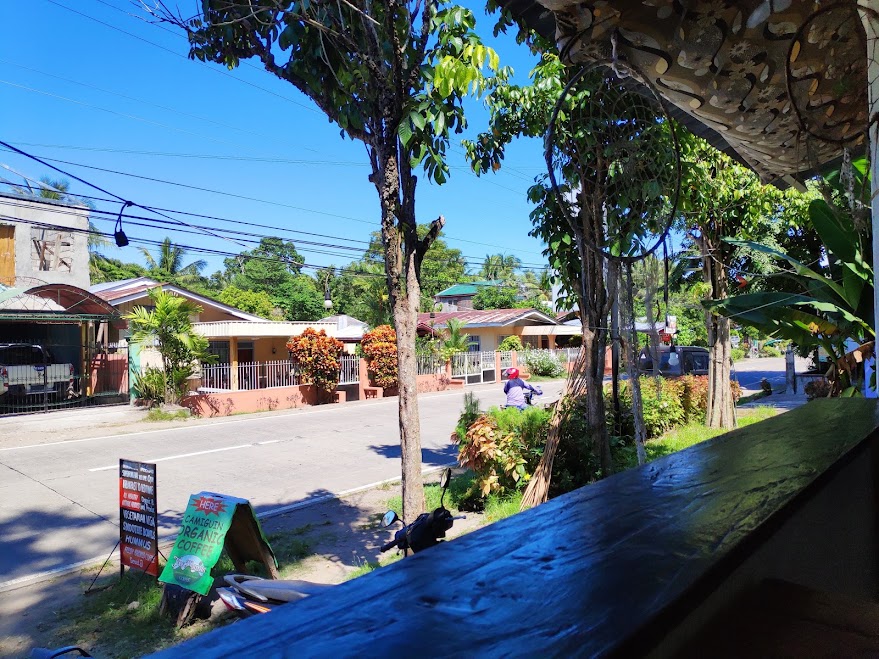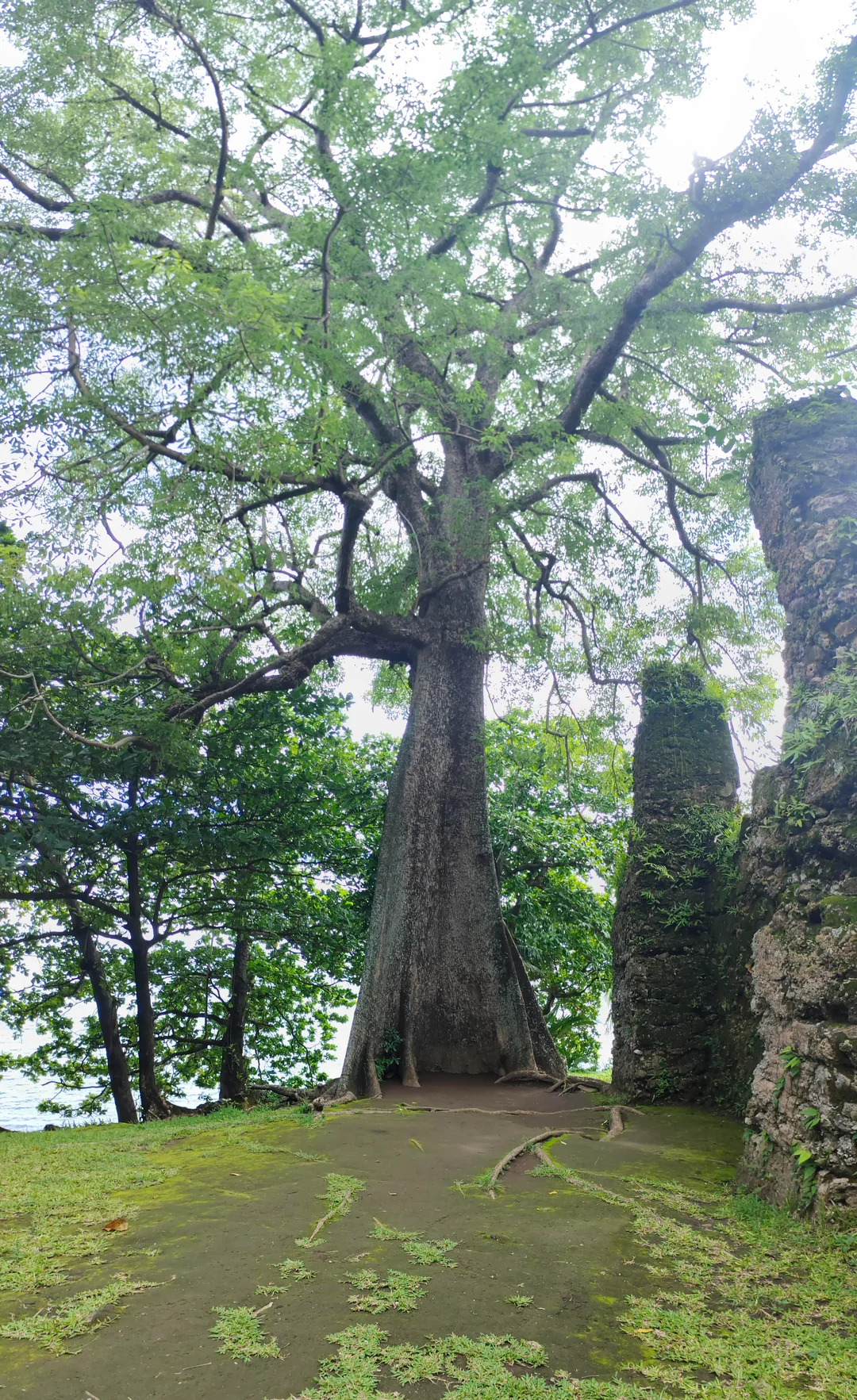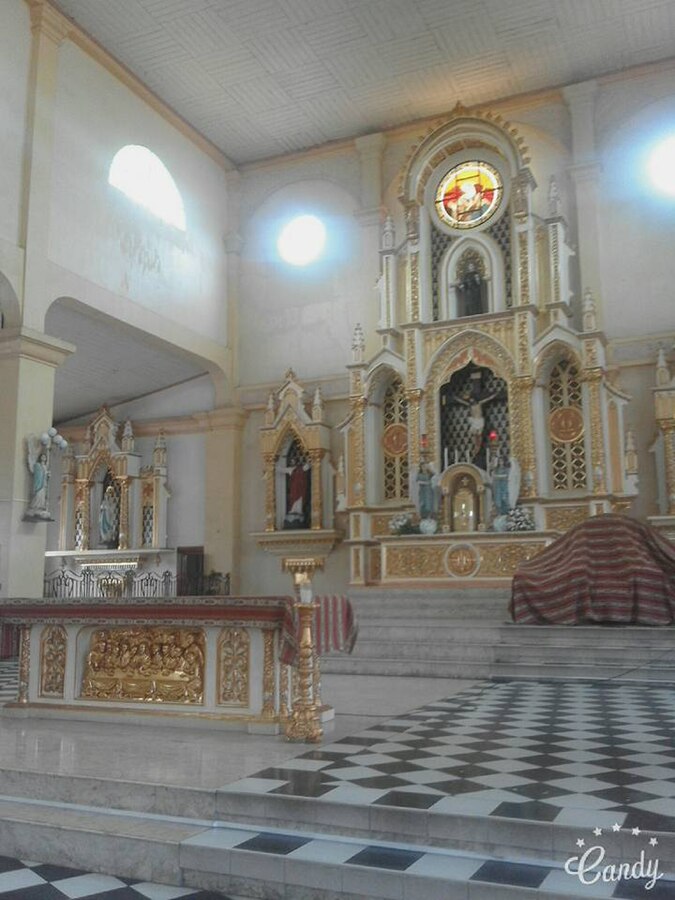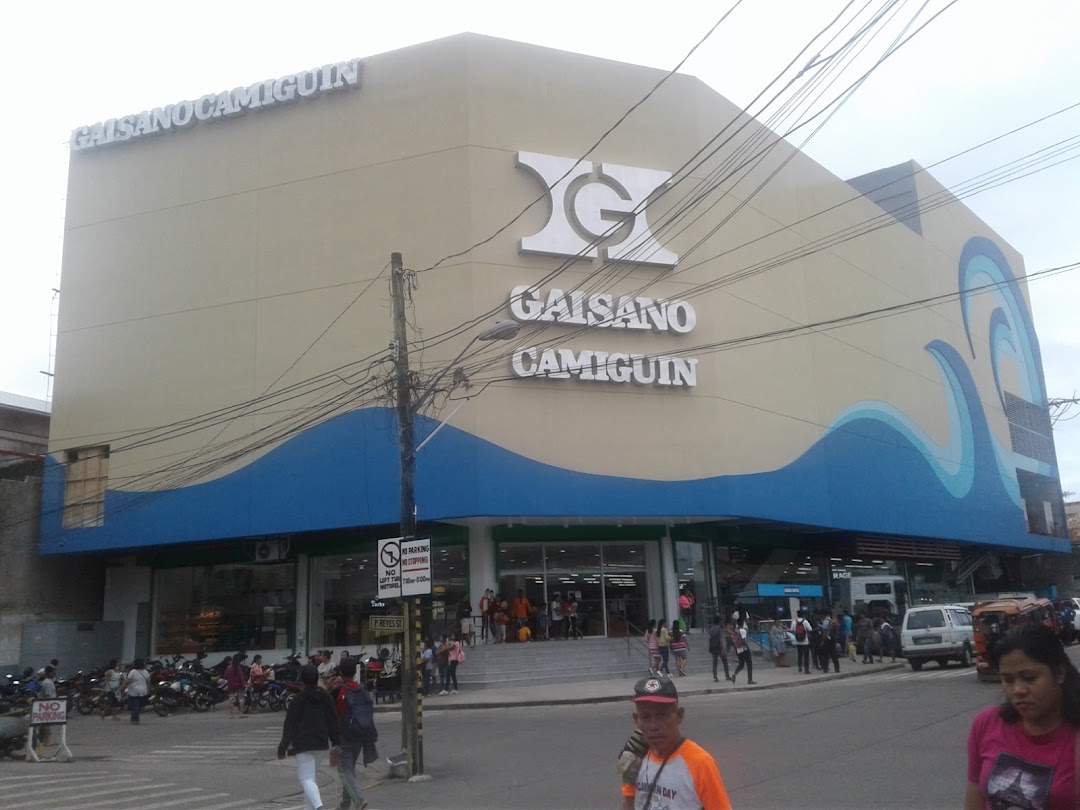Welcome to Mambajao in Camiguin, and welcome to Anthro on Foot's walking tour! This is a self-paced
walking
tour that features key heritage sites and cultural highlights in the area. We hope you enjoy this tour
as much as
we enjoyed curating it!
The precolonial history of Mambajao in Camiguin is rooted in the indigenous cultures that have
inhabited the island for centuries.
The island of Camiguin, including Mambajao, was inhabited by indigenous groups with their own
distinct languages, customs, and traditions. The Subanen, a Lumad ethnolinguistic group, is one of
the indigenous groups found in Mindanao, which includes neighboring islands like Camiguin.
The arrival of the Spanish colonizers in the 16th century marked a significant turning point in the
history of Camiguin. The influences of colonial rule, changes in governance, and the introduction of
Christianity have shaped the modern cultural landscape of the area.
Old Spanish documents indicate that Portuguese explorer Ferdinand Magellan and Spanish explorer
Miguel Lopez de Legaspi landed in Camiguin in 1565. The first Spanish settlements in what was later
to be known as Guinsiliban was established in 1598. Guinsiliban comes from the old Kinamiguin word
"Guinsilipan” which means to look out for pirates from a watchtower. An old Spanish watchtower where
the Camiguinous kept watch for pirates still stands in Guinsiliban.
Mambajao became a town in 1855. The name was coined from the Visayan term mamahaw, meaning to usher
breakfast, and bajao, which refers to leftover boiled rice. In the early 1900s, Mambajao prospered
to become the busiest port in Northern Mindanao.



